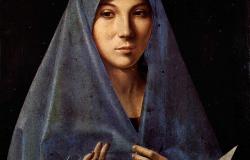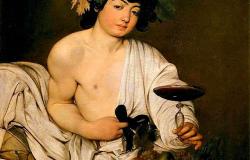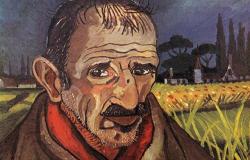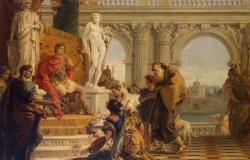Guess the Artwork
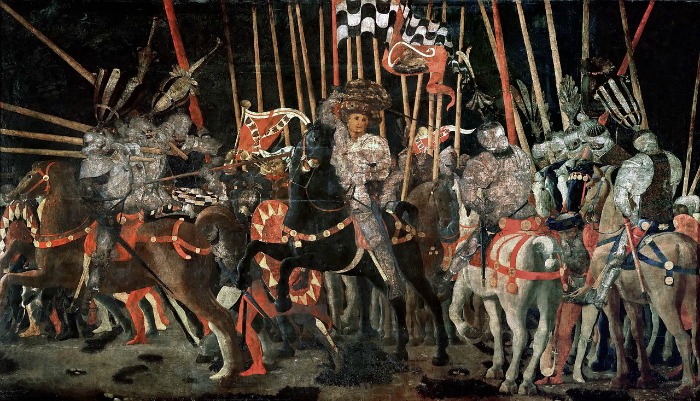
The Counterattack of Michelotto da Cotignola at the Battle of San Romano (c. 1455) egg tempera on wooden panel, 182 × cm, by Paolo Uccello, Musée du Louvre, Paris.
This panel is one of a set of three showing incidents from the same battle, The Battle of San Romanothat took place between Florentine and Sienese forces on June 1st 1432, some 30 miles outside Florence. The panels were commissioned, sometime between 1435 and 1460, by Florentine Gentleman Leonardo Bartolini Salimbeni, who had taken part in the battle. His two sons, Damian and Andrea transferred the work in the family villa near Florence, Santa Maria a Quinto. This is where Lorenzo De' Medici saw them for the first time. He coveted them so much that he purchased one and had the remaining two forcibly removed to the Palazzo Medici too.
This specific panel represents the decisive attack of Micheletto Attendolo,a cousin or a nephew of the more famous Muzio Attendolo Sforza and was at the service of the Republic of Florence, at San Romano. One of the other two Battle of San Romano panels is at the National Gallery in London and depicts Niccolò da Tolentino with his large gold and red patterned hat, leading the Florentine cavalry. A third one showing Niccolò Mauruzi da Tolentino unseating Bernardino della Ciarda at the battle is at the Uffizi, in Florence. The latter is the only one signed by Paolo Uccello, was probably designed to be the central piece of the triptych and the sequence most widely agreed among art historians is: London, Uffizi, Louvre. They may represent different times of the day considering that the battle lasted eight hours: dawn (London), mid-day (Florence) and dusk (Paris) - the battle lasted eight hours.
Many areas of the paintings were covered with gold and silver leaf. The gold leaf, such as that found on the decorations of the bridles, has remained bright, but the silver leaf, found particularly on the armour of the soldiers, has oxidized turning grey or black.
The three paintings were designed to be hung high on three different walls of a room, therefore, and the perspective was designed considering that height, this explains why when seen in photos or at normal gallery height the perspective seems to present some anomalies. The triptych is significant as revealing the development of linear perspective in early Italian Renaissance painting, and is rather unusual as a major secular commission.
